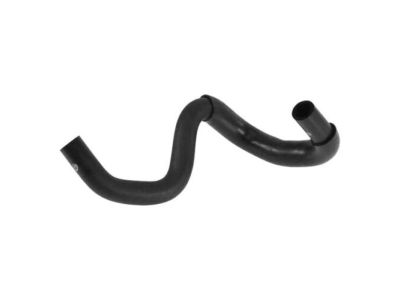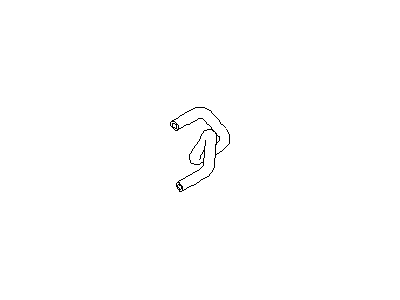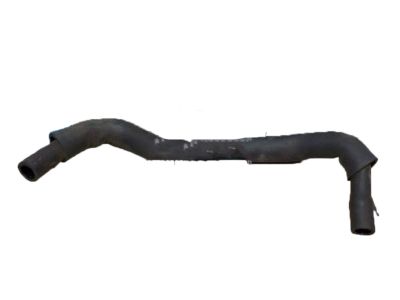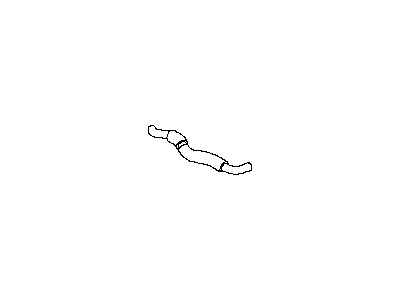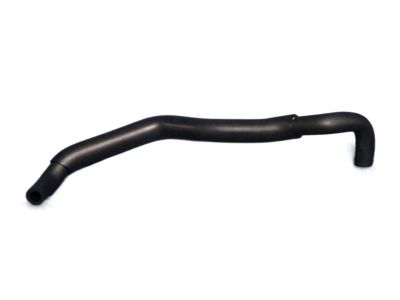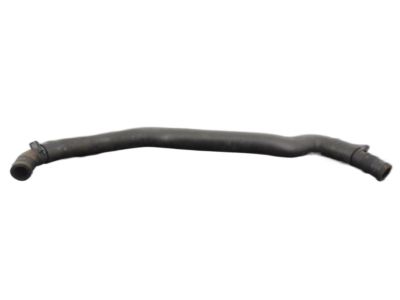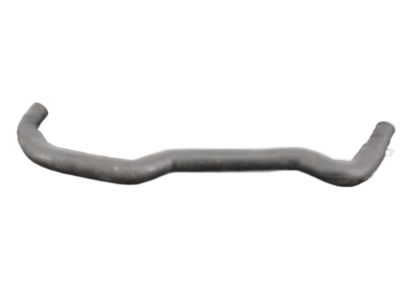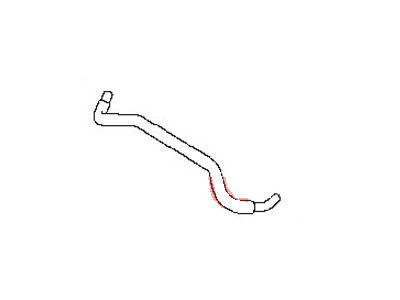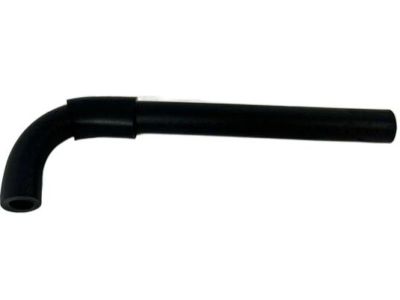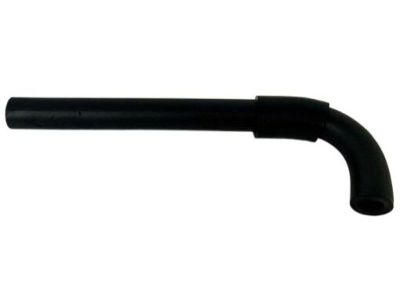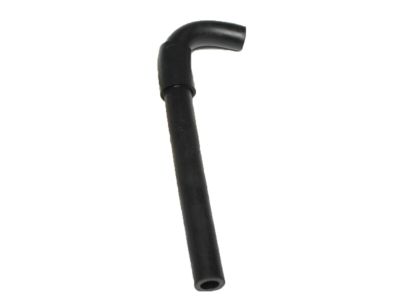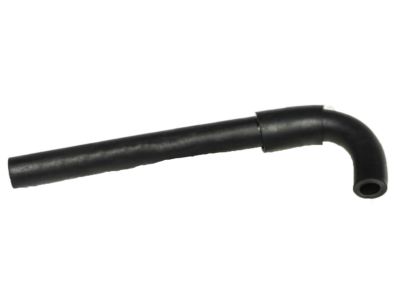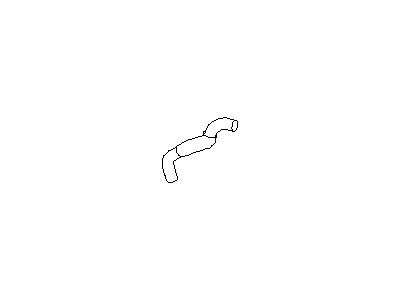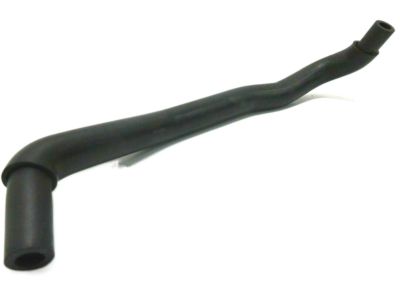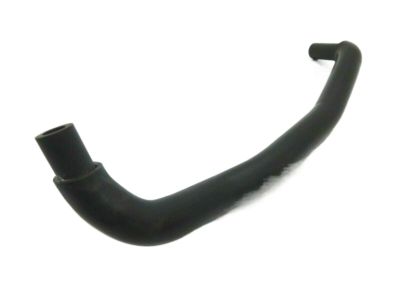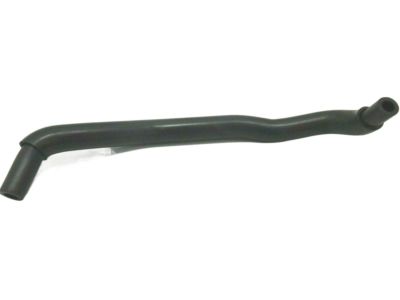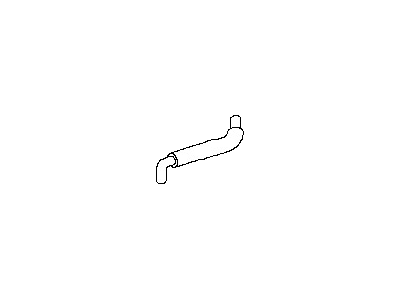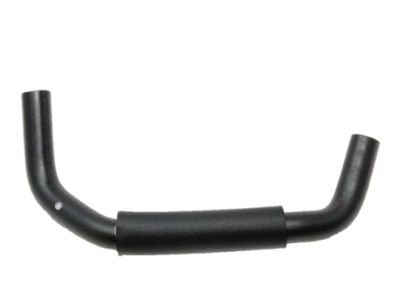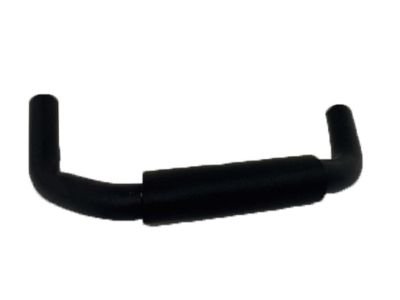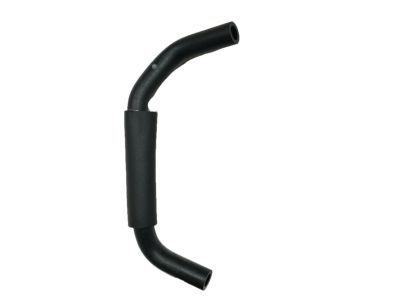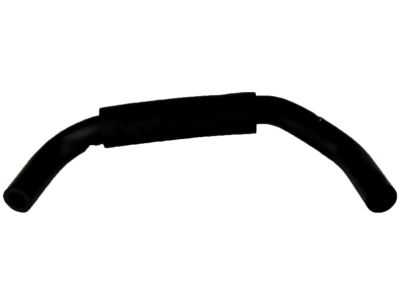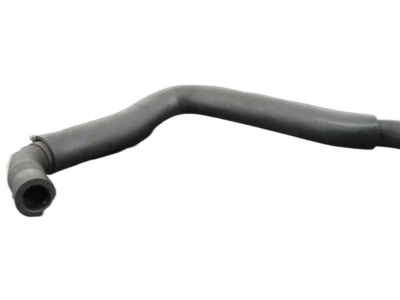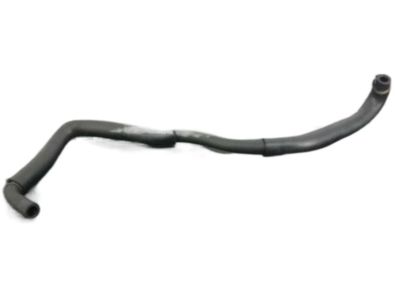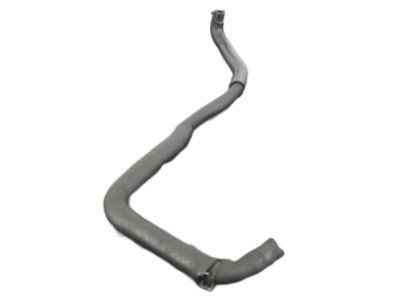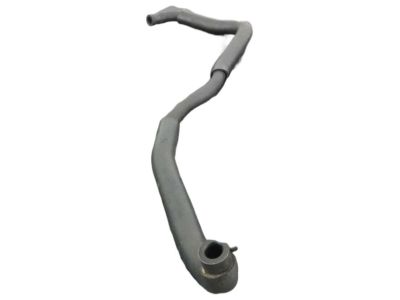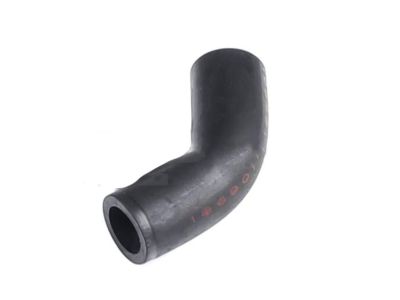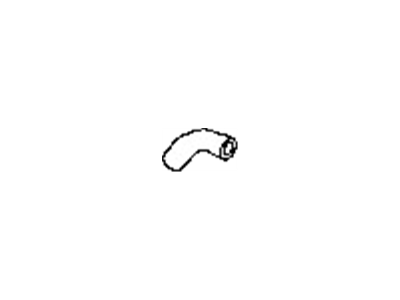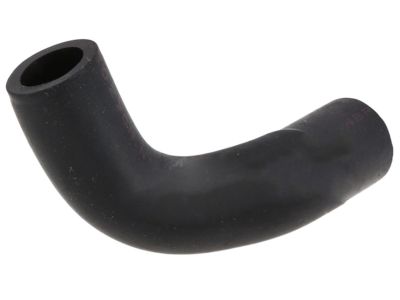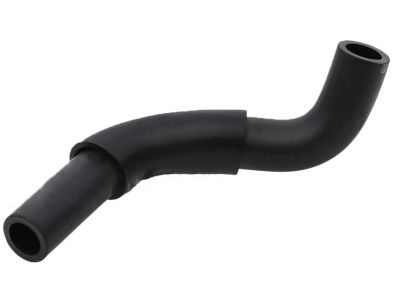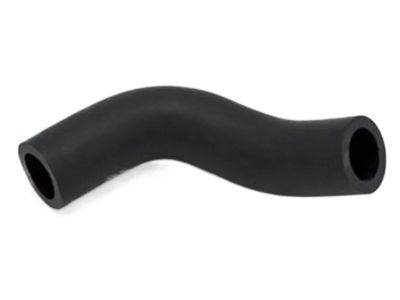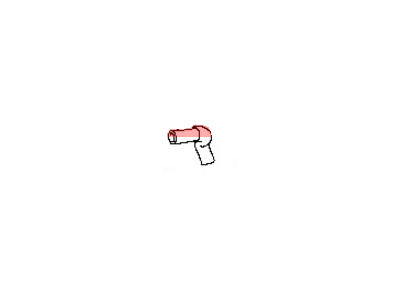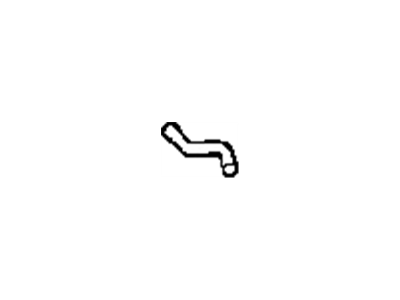
My Garage
My Account
Cart
Genuine Infiniti G35 PCV Hose
PCV Valve Hose- Select Vehicle by Model
- Select Vehicle by VIN
Select Vehicle by Model
orMake
Model
Year
Select Vehicle by VIN
For the most accurate results, select vehicle by your VIN (Vehicle Identification Number).
13 PCV Hoses found

Infiniti G35 Blow By Gas Hose Assembly
Part Number: 11823-AL502$76.75 MSRP: $104.42You Save: $27.67 (27%)Ships in 1-2 Business Days
Infiniti G35 Blow By Gas Hose Assembly
Part Number: 11823-JK20B$60.64 MSRP: $82.17You Save: $21.53 (27%)Ships in 1-2 Business Days
Infiniti G35 Blow By Gas Hose Assembly
Part Number: 11823-EY00B$62.97 MSRP: $85.67You Save: $22.70 (27%)Ships in 1 Business Day
Infiniti G35 Blow By Gas Hose Assembly
Part Number: 11823-JK20D$65.64 MSRP: $89.30You Save: $23.66 (27%)Ships in 1-3 Business Days
Infiniti G35 Blow By Gas Hose Assembly
Part Number: 11823-AL511$41.78 MSRP: $56.62You Save: $14.84 (27%)Ships in 1-2 Business Days
Infiniti G35 Blow By Gas Hose Assembly
Part Number: 11823-EY00A$63.36 MSRP: $86.20You Save: $22.84 (27%)Ships in 1-3 Business Days
Infiniti G35 Blow By Gas Hose Assembly
Part Number: 11823-AL505$43.36 MSRP: $58.75You Save: $15.39 (27%)Ships in 1-2 Business Days
Infiniti G35 Blow By Gas Hose Assembly
Part Number: 11823-JK20C$68.01 MSRP: $92.53You Save: $24.52 (27%)Ships in 1-2 Business Days
Infiniti G35 Blow By Gas Hose
Part Number: 11826-JK20A$57.05 MSRP: $77.30You Save: $20.25 (27%)Ships in 1-2 Business Days
Infiniti G35 Blow By Gas Hose
Part Number: 11826-EY00C$53.96 MSRP: $73.12You Save: $19.16 (27%)Ships in 1-2 Business Days
Infiniti G35 Blow By Gas Hose Assembly
Part Number: 11823-EY00D$67.67 MSRP: $92.07You Save: $24.40 (27%)Ships in 1-3 Business DaysInfiniti G35 Hose-Ventilation
Part Number: 17226-CE800$38.55 MSRP: $52.23You Save: $13.68 (27%)Ships in 1-3 Business DaysInfiniti G35 Hose-EVAPOLATION
Part Number: 17335-CE800$33.47 MSRP: $45.35You Save: $11.88 (27%)Ships in 1-3 Business Days
Infiniti G35 PCV Hose
Wondering where to find exceptional quality and economically-priced OEM Infiniti G35 PCV Hose? You are at the proper online store. We offer all genuine Infiniti G35 PCV Hose with a manufacturer's warranty at unbeatable prices. Order now and you can get brand-new parts at your door step with our fast shipping times.
Infiniti G35 PCV Hose Parts Questions & Experts Answers
- Q: What is the purpose of the Positive Crankcase Ventilation (PCV) system on Infiniti G35?A:The Positive Crankcase Ventilation (PCV) system reduces hydrocarbon emissions by scavenging crankcase vapours that have high levels of non-combusted hydrocarbons. In relation to the intake vacuum available, a PCV valve adjusts the amount of gases flowing into the intake manifold. The PCV system includes a fresh air inlet hose, the PCV valve and a crankcase ventilation hose known as a PCV hose. The right valve cover has its top screwed a PCV valve. There is also a PCV breather hose that connects both valve covers. Without properly operating crankcase ventilation systems, an engine can be damaged. Therefore, when servicing the engine, ensure you check for cracks, tears, damage and any other deterioration in the PCV system hoses. Sometimes, a plugged PVC hose causes rough idling or slow idle speed, oil leaks or sludge inside engine. On some occasions, leaking of PVC hose leads to rough idling or fast idle speed. Here we are going to look at an easy test on the functionality of the PCV system for vehicles having fresh air inlet hose and crankcase ventilation hose containing pcv valve in it . If there is evidence of oil from the engine in throttle body or air filter housing but otherwise PCV system is functioning well this could be due to too much pressure in the crankcase. Take it to a dealer service department for crankcase pressure testing if this is seen as excessive. In such cases where there is excessive blow-by in the pcv system it will be discharged into intake manifold where it gets consumed . With proper working of PCV systems, but heavy sludge deposits or dilution of engine oil indicates that you may need to find another cause and fix it quickly.
